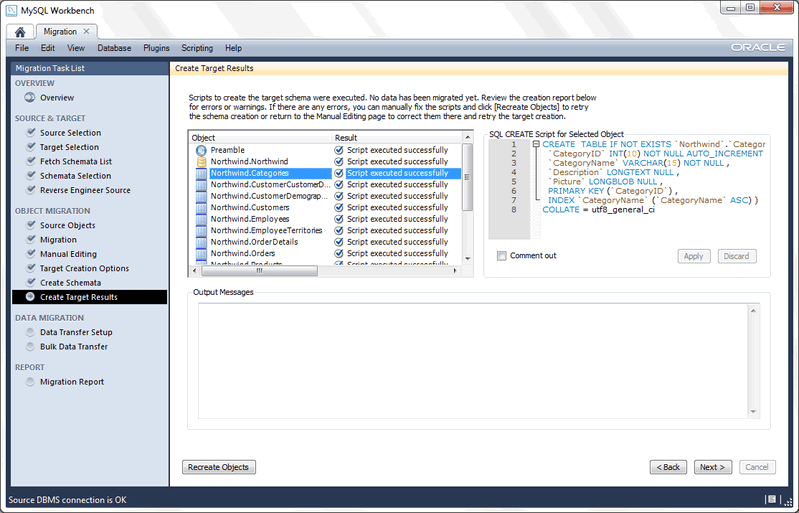What is MySQL?
MySQL is a robust and versatile open-source relational database management system (RDBMS) that has become a cornerstone in the world of data management. Developed by MySQL AB and currently owned by Oracle Corporation, MySQL offers a multitude of features, capabilities, and benefits that cater to diverse business needs and applications.
Historical Evolution and Development
The origins of MySQL trace back to the mid-1990s when it was first developed by a Swedish company, MySQL AB. Its open-source nature contributed significantly to its popularity and widespread adoption. Over time, MySQL evolved through various versions and iterations, incorporating enhancements, bug fixes, and performance improvements, with a vibrant community actively contributing to its development.
Key Components and Structure
At its core, MySQL adheres to the relational model, organizing data into tables, rows (records), and columns (fields). This structured approach to data storage allows for efficient organization, retrieval, and manipulation of data. MySQL uses SQL (Structured Query Language) as the primary language for interacting with the database, enabling users to perform a wide range of operations, including data retrieval, insertion, modification, and deletion.
Core Features and Functionalities
1. Scalability:
MySQL is known for its scalability, capable of handling both small-scale databases and large enterprise-level systems with ease. Its ability to manage extensive datasets and support concurrent users makes it a preferred choice for applications requiring scalability.
2. Performance:
The performance prowess of MySQL shines through its optimized architecture and efficient query processing. It excels in handling complex queries, high-volume transactions, and read-heavy workloads, ensuring swift data access and manipulation.
3. Security Measures:
MySQL offers a range of security features, including user authentication, access control, and data encryption, ensuring robust protection of sensitive information stored within the database.
4. High Availability and Reliability:
Features like replication and clustering in MySQL ensure data availability, redundancy, and fault tolerance, contributing to the database’s high availability and reliability.
5. Cross-Platform Compatibility:
MySQL’s compatibility spans across multiple operating systems, making it versatile and easy to deploy on various platforms, including Windows, Linux, macOS, etc.
6. Integration Capabilities:
MySQL seamlessly integrates with various programming languages and frameworks, facilitating its use in web applications, content management systems (CMS), e-commerce platforms, and numerous other applications.
Applications and Use Cases
MySQL finds extensive usage across industries and applications. It serves as a backend database for dynamic websites, e-commerce platforms, financial systems, telecommunications, social media, and more. Its versatility and performance make it an ideal choice for data-driven applications requiring robustness and scalability.
Variants and Ecosystem
MySQL’s popularity led to the emergence of variants and forks, each catering to specific preferences and requirements. Notable variants include MariaDB, which focuses on performance improvements and enhanced features while maintaining compatibility with MySQL, and Percona Server, offering enhancements in performance, scalability, and instrumentation.
Community and Support :
The MySQL community plays a pivotal role in its development, providing an extensive array of resources, documentation, forums, and support channels. This collaborative environment ensures ongoing improvements, bug fixes, and innovations, contributing to MySQL’s stability and evolution.

